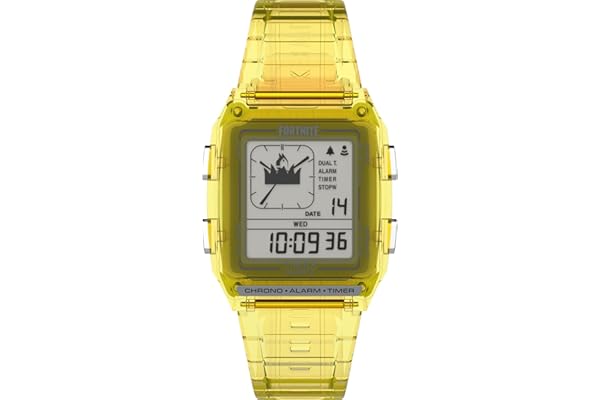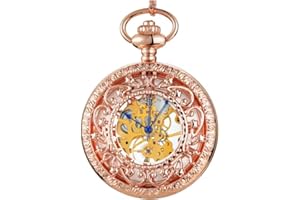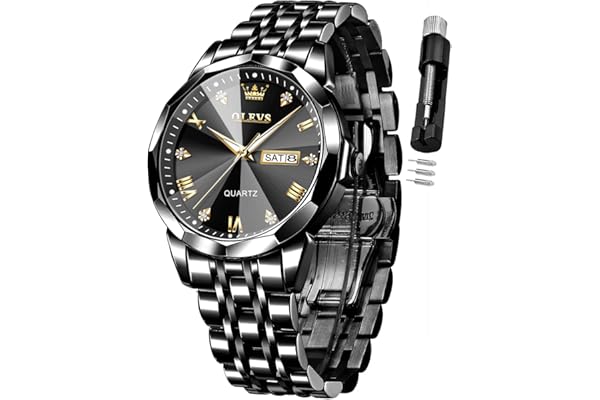How to Identify a Fake Watch?
Contents
Understanding the Hallmarks of Authenticity
In the world of luxury watches, authenticity is paramount. A genuine watch not only represents a significant financial investment but also carries with it a legacy of craftsmanship, precision, and heritage. Understanding the hallmarks of authenticity can be the first step in identifying a fake watch. Genuine watches are made with meticulous attention to detail, using high-quality materials and precise engineering.
One of the key indicators of a watch’s authenticity is its weight. Authentic luxury watches tend to be heavier than their counterfeit counterparts due to the use of quality metals and materials. The finishing on the watch is another giveaway; genuine watches have smooth, polished surfaces without any rough edges or blemishes. The engravings and markings on an authentic watch are sharp and precise, whereas fakes often have shallow, uneven engravings.
The movement of the watch is another critical factor. High-end watches typically use mechanical movements, which are complex and require expert craftsmanship. Counterfeit watches often use cheaper quartz movements, which can be identified by the ticking motion of the second hand, as opposed to the smooth, sweeping motion of a mechanical watch. Furthermore, the sound of the movement can also be a clue; genuine mechanical watches have a quieter, more refined sound compared to the louder ticking of a quartz movement.
Documentation and packaging also play an important role in identifying a real watch. Authentic watches come with detailed documentation, including a certificate of authenticity, warranty card, and an instruction manual. The packaging is often luxurious, reflecting the quality of the watch inside. Counterfeit watches, on the other hand, often come with poorly made packaging and incomplete or missing documentation.
Examining the Brand and Serial Numbers
Each luxury watch brand has its unique identifiers, including brand logos, serial numbers, and model numbers. These identifiers can be crucial in distinguishing a real watch from a fake one. Brand logos on an authentic watch are usually crisp, clear, and symmetrically placed. Counterfeit watches often have logos that are slightly off in color, size, or alignment.
Serial numbers are a vital part of a watch’s identity. They are typically engraved on the back of the watch case or on the movement. On a genuine watch, the serial number is perfectly aligned and deeply engraved, while on a fake, it may be etched lightly or unevenly. It’s important to verify the serial number with the manufacturer’s database to ensure it matches the watch model.
Besides serial numbers, examining the model number can also help. Each watch model has specific design features and characteristics. Familiarizing yourself with these features can help you spot inconsistencies in a fake watch. For example, the placement of the date window, the style of the hour markers, and the design of the hands should all match the specifications of the genuine model.
When buying a watch from a third party, always insist on seeing the original purchase receipt. This document can provide proof of authenticity and help track the watch’s provenance. If the seller is reluctant to provide this information, it could be a red flag.
Investigating the Seller’s Credibility
When purchasing a luxury watch, the credibility of the seller is as important as the watch itself. Reputable dealers and authorized retailers are the safest places to buy a genuine watch. These sellers have direct relationships with the watch manufacturers and can provide the necessary documentation and after-sales service.
Online marketplaces can be a risky place to buy luxury watches, as they often have less stringent controls over the authenticity of the items sold. When buying online, look for sellers with a high rating and positive reviews. A lack of reviews or negative feedback should be a warning sign.
Always be cautious of deals that seem too good to be true. Luxury watches hold their value well, and significant discounts are rare, especially on popular models. If a watch is being offered at a price that is substantially lower than the market value, it could be a counterfeit.
It’s also important to ask the seller detailed questions about the watch. A knowledgeable seller should be able to provide specific information about the watch’s history, features, and condition. If the seller is evasive or unable to answer your questions, it may be best to walk away from the deal.
Utilizing Professional Appraisal and Authentication Services
Professional appraisal and authentication services can provide a definitive answer on the authenticity of a watch. These services employ experts who are trained in identifying the nuances and details of luxury watches. They use specialized equipment to examine the watch’s movement, materials, and markings.
Many luxury watch brands offer authentication services, where the watch can be sent to the manufacturer for verification. This service not only confirms authenticity but can also provide a valuation for insurance purposes. It’s a good idea to have a watch appraised and authenticated after purchase, especially if it’s a vintage or pre-owned piece.
Independent watchmakers and jewelers can also provide authentication services. Look for professionals who specialize in luxury watches and have a good reputation in the industry. They can offer an unbiased opinion and help you make an informed decision.
Remember that authentication services can incur a fee, but this cost is often a small price to pay for peace of mind and assurance that you have a genuine watch.
Staying Informed and Educated
The best defense against purchasing a fake watch is to stay informed and educated about the watch industry. Understanding the characteristics of authentic watches and the tactics used by counterfeiters can help you make better purchasing decisions.
Join watch enthusiast forums and communities to share experiences and gain insights from other collectors and enthusiasts. These platforms can be a valuable resource for learning about different watch brands, models, and the latest counterfeit detection techniques.
Keep up with the latest news and trends in the watch industry. Many luxury watch brands release updates on their models, including new features and security measures that can help identify genuine watches. Being aware of these updates can help you spot a fake more easily.
Finally, trust your instincts. If something feels off about a watch or a deal, it’s better to err on the side of caution. With the right knowledge and approach, you can confidently navigate the world of luxury watches and ensure your collection remains authentic and valuable.






